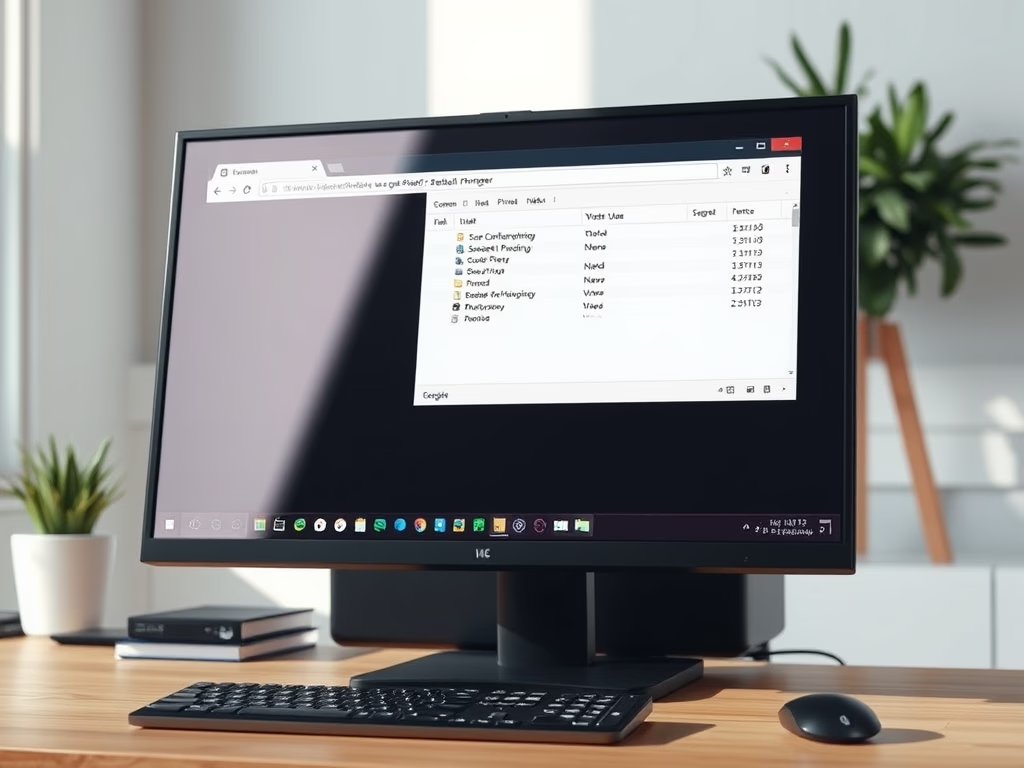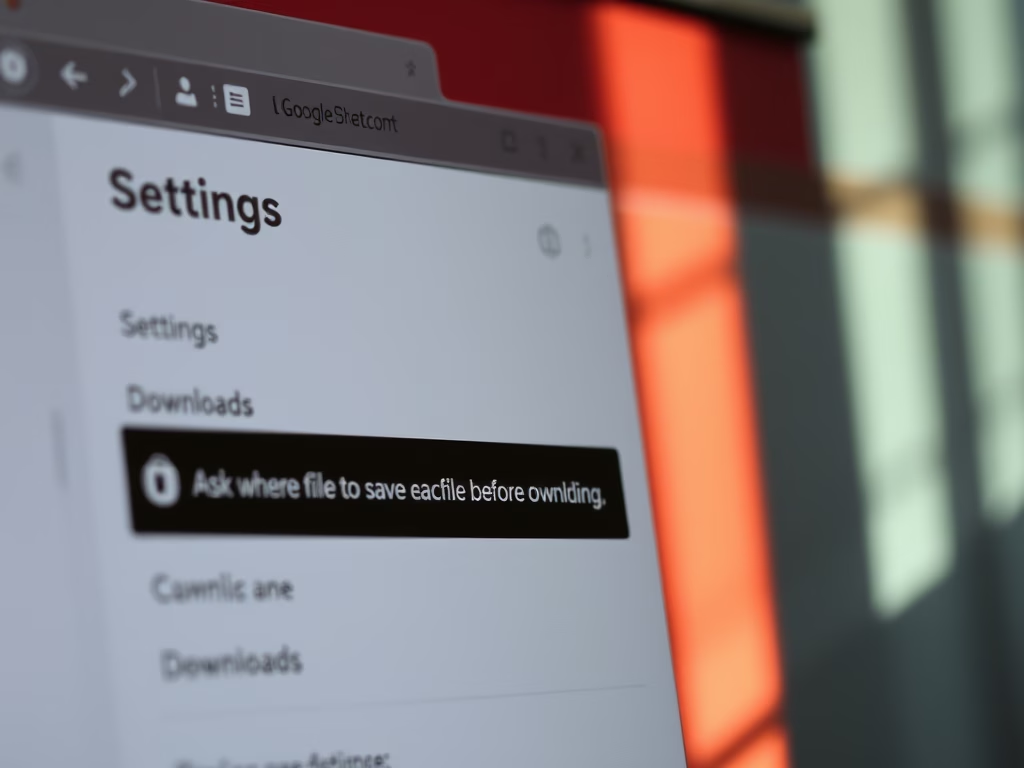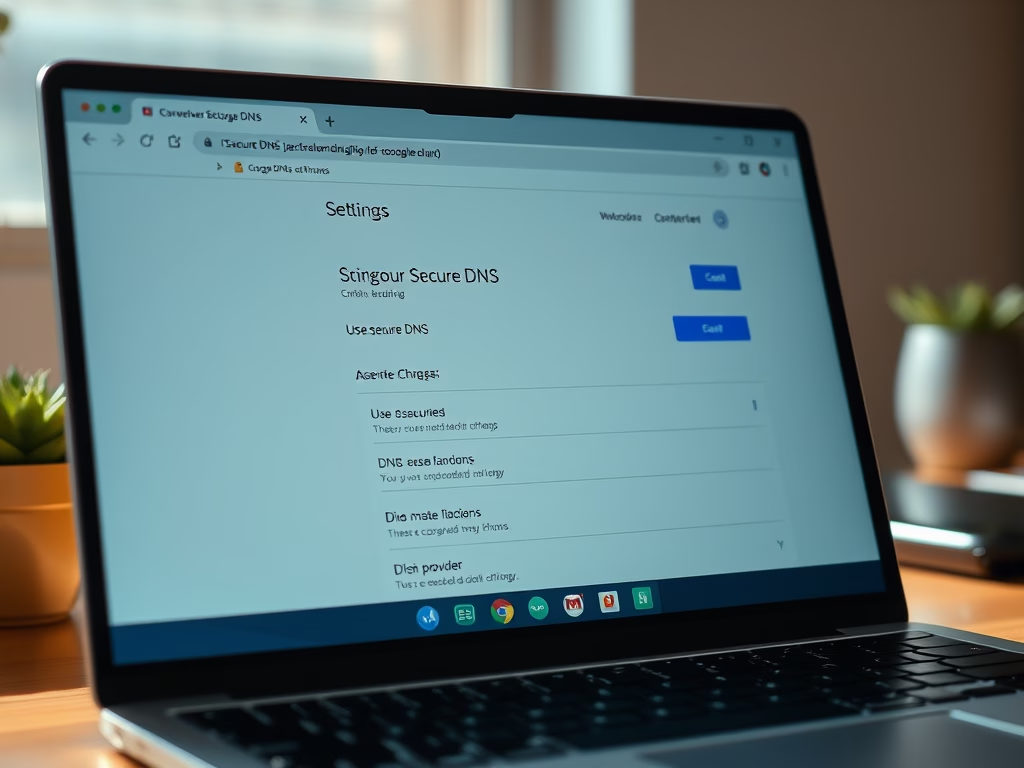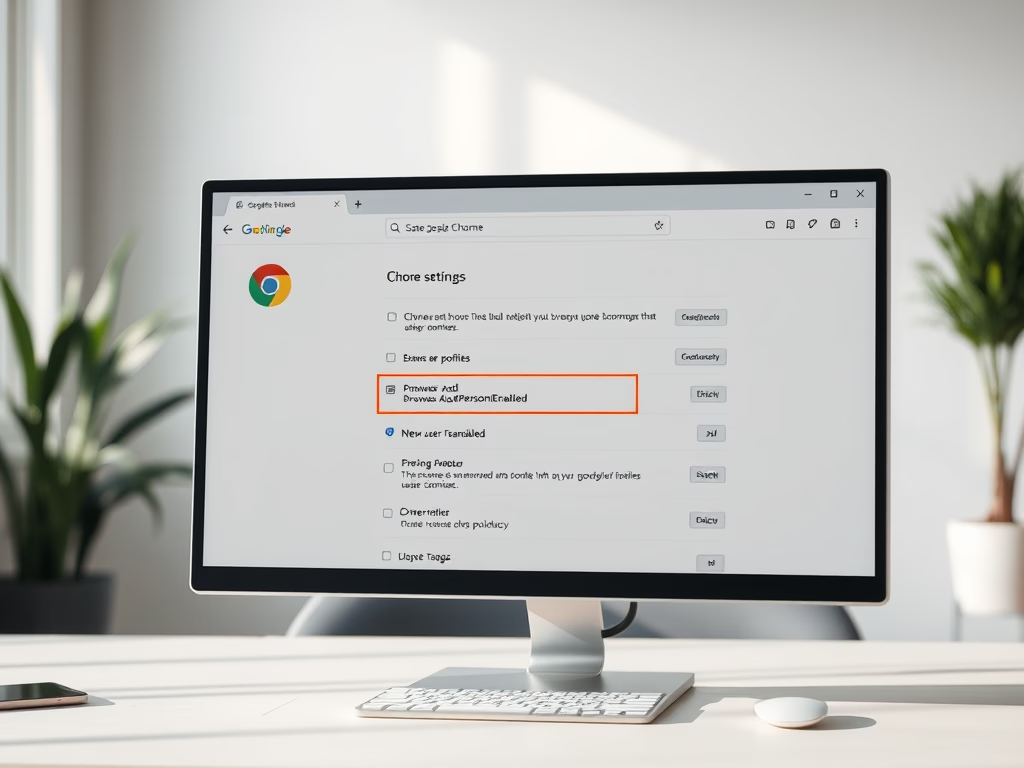-

·
Set Google Chrome to Use System Default Printer
This article outlines how to configure Google Chrome to use the system’s default printer by adjusting the PrintPreviewUseSystemDefaultPrinter setting in the Windows Registry. It emphasizes the importance of backing up the registry and provides guidance on creating and modifying registry keys. Rebooting may be necessary for changes to take effect.
-

·
How to Block External Extensions in Google Chrome
This article outlines how to enhance device security by blocking external extensions in Google Chrome. By using the BlockExternalExtensions policy in the Windows Registry, users can prevent the installation of third-party extensions, which may pose security risks. Backing up the registry and rebooting is recommended after making changes.
-

·
Prevent Bypassing Download Security in Chrome
This article discusses implementing download restrictions in Google Chrome to enhance security and prevent users from bypassing measures. By modifying the Windows Registry and using the DownloadRestrictions policy, users can customize how downloads are managed, from blocking all downloads to specific malicious files, ensuring better protection against malware.
-

·
Enable or Disable Chrome Download Location Prompt
This article outlines how to enable or disable the “Ask where to save each file before downloading” option in Google Chrome. Users can adjust this setting through the Chrome settings menu or using the Windows Registry Editor. Proper backup procedures are recommended when modifying the registry to ensure system safety.
-

·
Select Secure DNS Provider in Google Chrome
This article details the process of selecting a DNS-over-HTTPS resolver URI template in Google Chrome. Users can configure this through the browser settings or the Windows Registry Editor. Various DNS providers can be set using the DnsOverHttpsTemplates policy, enabling secure DNS connections in Chrome for enhanced privacy.
-

·
How to Enable Secure DNS in Google Chrome
The article explains how to enable or disable secure DNS (DNS over HTTPS) in Google Chrome using the DnsOverHttpsMode policy. Users can change settings through the browser interface or Windows Registry. It outlines different modes (off, automatic, secure), emphasizes backing up the registry, and notes that a restart may be needed for changes to take…
-

·
Enable or Disable New User Profiles in Chrome
This article discusses how to enable or disable the option to add new profiles in Google Chrome using the Windows Registry Editor. It details the necessary steps to modify the BrowserAddPersonEnabled policy, emphasizing the importance of backing up the registry before changes and rebooting the computer for them to take effect.
-

·
How to Enable Background Mode in Google Chrome
This article explains how to manage Google Chrome’s background mode using the BackgroundModeEnabled policy. Users can toggle this feature through Chrome settings or the Windows Registry. It emphasizes the importance of backing up the registry before making changes and provides steps to enable or disable background apps effectively.
-

·
How to Enable or Disable Graphics Acceleration in Chrome
The article details methods to enable or disable graphics acceleration in Google Chrome. Users can manage this through the Chrome settings or the Windows Registry Editor. Disabling graphics acceleration may resolve browser malfunctions. Always back up the registry before making changes for optimal performance and a better browsing experience.
-

·
How to Clear Chrome Browsing Data on Exit
This article outlines how to configure Google Chrome to automatically delete browsing data upon exiting the browser. By using the ClearBrowsingDataOnExitList policy, users can select which data types, such as browsing history and cookies, are removed. Careful consideration is advised, as this action permanently deletes local personal data.
Tag: Google Chrome
Google Chrome is a cross-platform web browser developed by Google.
